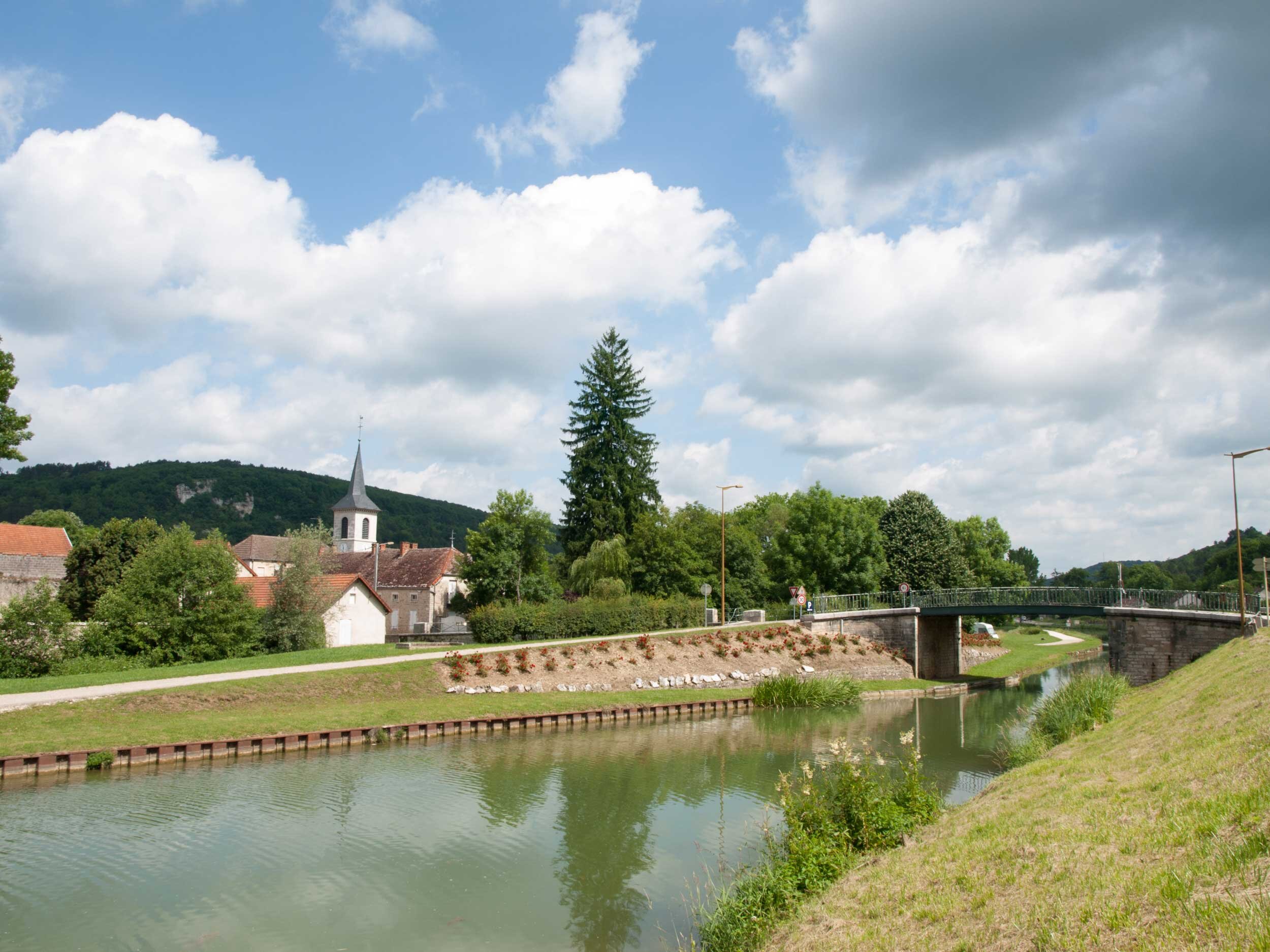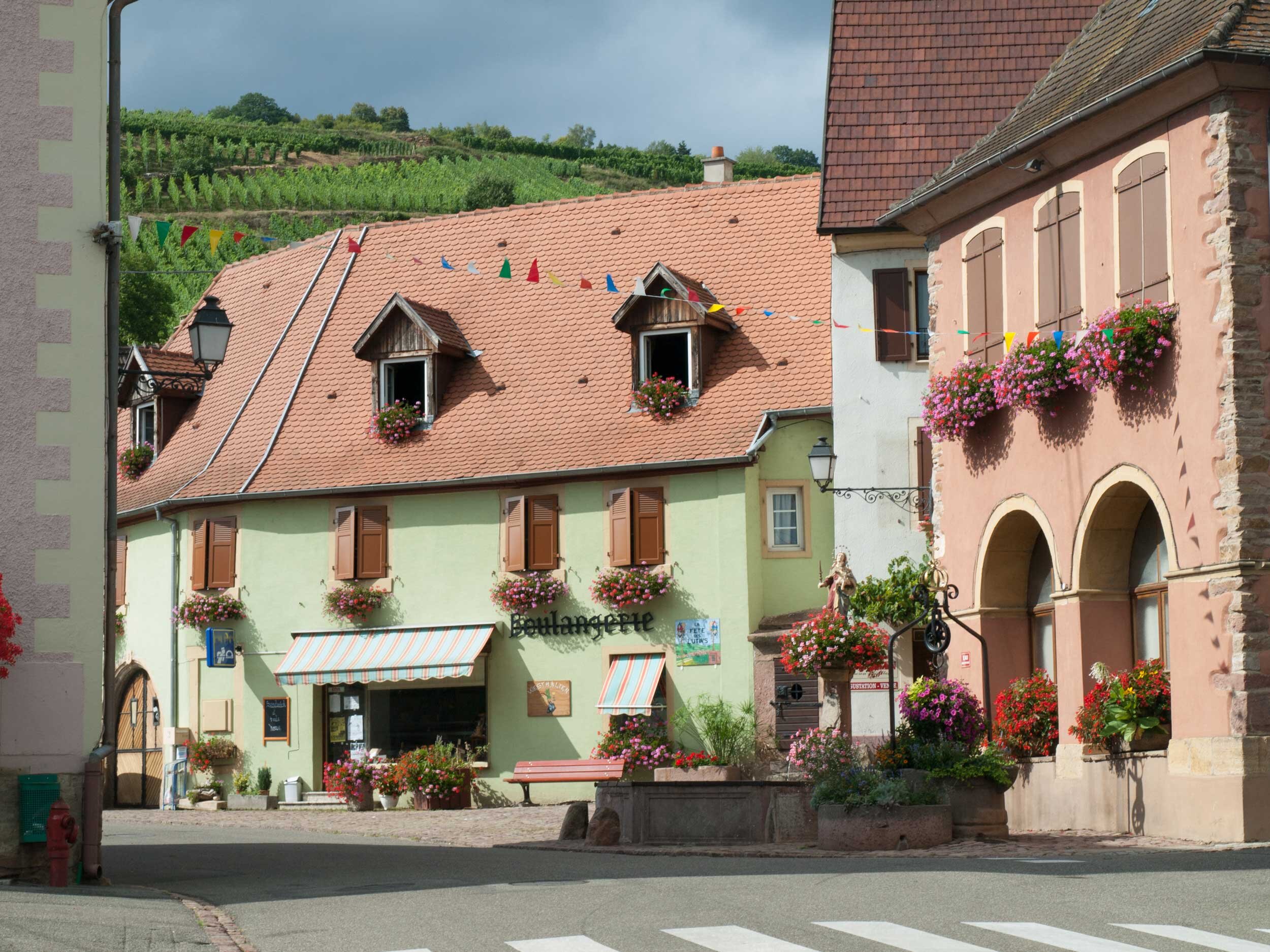A - Z of France Part 2
France has been divided into 18 regions, of which 13 are located in metropolitan France and 5 are overseas territories since 2016. The regions are then divided into departments and then smaller subdivisions continue on down to communes. For example, Paris is located in the Île -de-France region, which consists of 8 departments. Each department is identified by a 2 digit number, which constitutes the beginning of their postcodes and vehicle number plates. The department number of Paris is 75.
France is a relatively compact country and it’s regions are very different from each other with a wide range of architecture, landscapes, culture and cuisines. This regional variation greatly enhances your travel experience.
Let’s continue with our travel through France.
L is for Ladoix-Serrigny, a small village in Burgundy. We enjoyed dinner at the restaurant of the Logis hotel ‘Les Terraces de Corton’. Our accommodation was in a nearby wine village, surrounded by vineyards. The capital of the Côte d’Or is Beaune. We especially enjoyed our visit to the historic Hospices de Beaune - Hôtel Dieu with the decorative polychrome roof.
Within this area, you will have access to cycling paths, quaint villages and an abundance of history all to be savoured with fantastic food and lots of locally-produced wine.
Ladoix-Serrigny located in Côte d’Or area of Burgundy
M is for Minerve, a village in the Hérault department of the Occitanie region in southern France. The village was besieged in 1210 by Simon de Montfort after a group of Cathars sought refuge here. The siege lasted six weeks. To cross the naturally carved tunnel, there is bridge leading into the village of beautiful stone buildings and narrow cobbled lanes. Nearby is the famous Canal du Midi.
The bridge into Minerve
N is for Névache, a hameau in the Hautes-Alpes department. It is not far from the town of Briançon and the Italian border. It is situated in the most gorgeously picturesque, Vallée de la Clarée. A car is essential but absolutely worth having as the drive is so scenic. This peaceful valley remains one of the highlights of our many visits to France.
The churchyard in Névache
O is for Olargues, a village in the Hérault department in the Occitanie region in south-western France. It is an ancient, fortified city once occupied by Romans, Vandals and Visigoths. The Pont du Diable dates back to 1202. I wrote about this village in a previous post and, if we have the opportunity to return, there is a restaurant with a wonderful terrace where I would love to dine.
The ancient village of Olargues with the Pont du diable
P is for Perros-Guirec, located on the Côtes-d’Armor in Brittany. Since the 19th century, this seaside town has been attracting tourists to the sandy beaches and the stunning pink granite rocks, which line this part of the coast. Our visit was in April. The weather was too chilly and rainy for swimming but, not to worry, we enjoyed a seafood feast at the popular ‘Restaurant l'Ardoise’.
A fantastic seafood feast to enjoy the bounty of Brittany’s coast
R is for Rousillon, one of Les Plus Beaux Villages de France . It is located in the Vaucluse department of Provence. As we entered the village, the colourful buildings were like an artist’s palette ranging through yellow, pink, salmon and orange. There are delightful shops selling local ceramics and we stopped for an ice cream to refresh us on a hot summer’s day. Step away from the town and explore the stunning ochre cliffs. If you are interested in buying some of your own paints or find out more about the area, visit Okhra.
The amazing colours of Rousillon
S is for Saignon, a perched village in the Vaucluse department in the Provence-Alpes-Côte d’Azur region. There are just a few shops but it is close to the larger town of Apt. With a history dating back to prehistoric times, Saignon’s high location above the valley was used as an ancient observatory. Take a walk to the top of the ruins for a magnificent view of the surrounding area.
https://www.france-voyage.com/cities-towns/saignon-33760.htm
C’est moi enjoying the views from the ruins in Saignon
T is for Trèbes, in the Aude department in the region of Languedoc-Rousillon. The town sits on the banks of the Canal du Midi not far from the citadel of Carcassonne. Restaurants line the waterway. We enjoyed an afternoon boat tour to explore the canal and the fascinating loch system. The old Pont de la Rode is one of the few original bridges built by Riquet, the engineer of the canal.
A boat trip along the Canal du Midi is a perfect way to enjoy this part of France
U is for Uzès, a town in the Gard department in the Occitanie region. It is high on my list for our next trip. Each time I see photos of this gorgeous bastide town, the colours and textures of the stone lure me. I imagine sitting in Place aux Herbes with my sketchpad and paints and a glass of cool rosé. The very famous landmark, Pont du Gard, is close by and deserves a visit too. I would love to paddle a canoe along the Gardon River and under this magnificent ancient monument.
Pont du Gard, close to Uzès, was constructed by the Romans between 40-60 AD to transport water to the colony of Nemausus (Nîmes) over 50km away.
V is for Veuvey-sur-Ouche, a sleepy village on the banks of the Ouche River and part of the Canal de Bourgogne, in Burgundy. A perfect location for walking, cycling and boating. Perhaps just sit on the banks and relax. Like anywhere in France, you are never too far away from a lively village or town for amenities once you’ve had enough of the quiet life.
https://www.french-waterways.com/waterways/central/canal-bourgogne/
https://www.freewheelingfrance.com/where-to-go/cycling-in-burgundy.html
Imagine yourself enjoying villages like Veuvey-sur-Ouche, as you explore Burgundy.
W is for Westhalten, in Alsace. We stayed at ‘Auberge du Cheval Blanc’ for a few days at the end of a three-month holiday. It was early September, still quite hot but our luxurious long summer was drawing to a close. As we wandered around the town, an elderly local lady beckoned us to follow her to her home and proudly showed us her garden. We could only exchange a few words but the kind gesture is very typical of our French experiences.
https://www.visit.alsace/en/253001388-auberge-du-cheval-blanc/
Westhalten is a typical Alsatian village of pretty coloured buildings, lots of floral decoration, all surrounded by vineyards creating a picture perfect scene.
The letters Q, X, Y and Z are missing. Unfortunately, there are no photos but, yes, I can confirm that there are many towns or villages in France that start with these letters and are yet to be discovered by us. We are making plans for our next trip. How about you? Click here for further inspiration.
Next time, I will introduce you to author, Patricia Sands. Join me then.
À bientot!

















